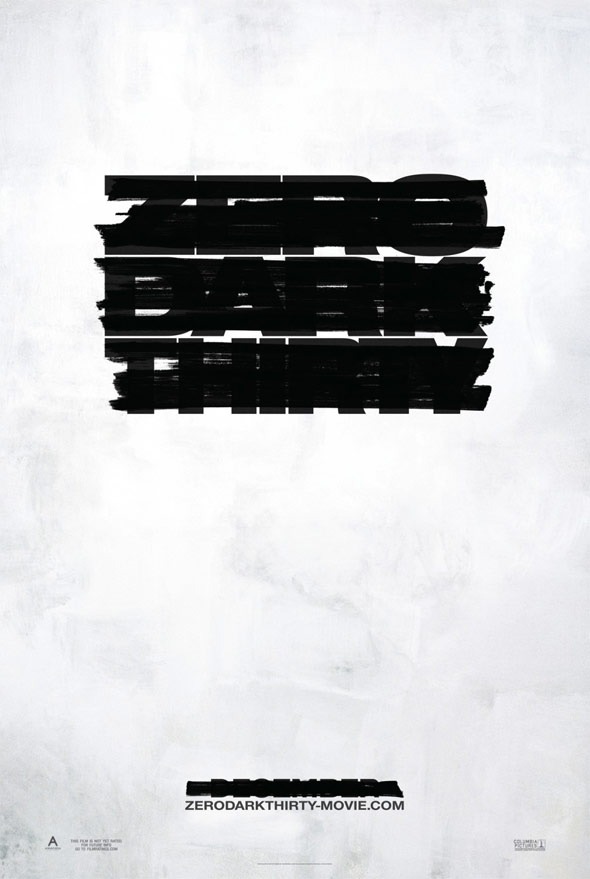
Spoiler alert: We got him
Years from now, people will ask where you were when President Obama announced that SEAL Team Six had successfully ended the hunt for Osama bin Laden. After 9/11, bin Laden was the most wanted man in the United States, and his death was highly publicized. So how do you keep an audience that already knows the outcome on the edge of their seats?
While that’s no simple task, director Kathryn Bigelow and writer Mark Boal do not shy away from modern controversial topics. Similar to their work in “The Hurt Locker,” Bigelow and Boal weave harsh realism into their dramatizations, yielding a tight, dense, and structured depiction of the 10-year manhunt.
“Zero Dark Thirty” has a lot of ground to cover, and it wastes no time, beginning in 2003, when the CIA obtained the name of bin Laden’s courier through harsh interrogation techniques that looked an awful lot like torture. In fact, the first 45 minutes of the film revolve around brutal torture sequences that are unfortunately part of the historical narrative. However, Bigelow and Boal don’t politicize these acts; the movie does not set out to commend or criticize the use of torture.
These scenes serve to introduce the protagonist, Maya, played with icy and calculated brilliance by Jessica Chastain (Lawless, Take Shelter, Tree of Life). When we first see Maya, she’s still green, disgusted by the torture but not opposed to it; she’s there to do a job. Chastain brings a militant determination to an already-strict role. The audience barely knows who she is or where she came from, but is acutely aware of her formidable drive.
The film relies heavily on grounding itself in authenticity, almost to a fault. The first two hours of “Zero Dark Thirty” explore CIA bureaucracy and procedure; if you’re expecting Michael Bay-type action and explosions, this isn’t the movie for you. Boal’s plotting is packed with details from Maya’s nine years of following a minute lead. However necessary, the film takes its time as facts, names, and dates whiz past.
But this all changes when SEAL Team Six loads into the Black Hawks. The last third of the movie is the riveting assault on bin Laden’s compound in Abbottabad, and even knowing the outcome won’t lessen the effect. As the Navy SEALs methodically make their way through the house, it is impossible to look away. Bigelow’s use of a handheld camera gives the movie a realistic feel throughout, but really shines when it’s carried through to the raid.
While “Zero Dark Thirty” may feel dense at times, it’s still a timely tour de force of a defining moment in our culture. Our news feeds were inundated with feelings and thoughts, and most were left with emotions that were difficult to negotiate. “Zero Dark Thirty” perfectly captures this sentiment: Regardless of opinion or politics, the deed was done, and our cultural landscape shifted, leaving us with both relief and uneasiness to face the future in a post-bin Laden world.
The verdict: Both brutal and mesmerizing, “Zero Dark Thirty” is a somber yet objective meditation on modern history.